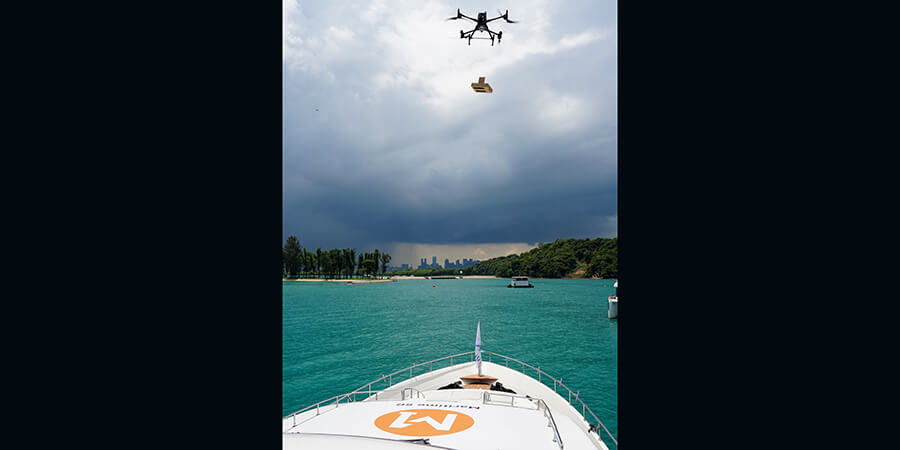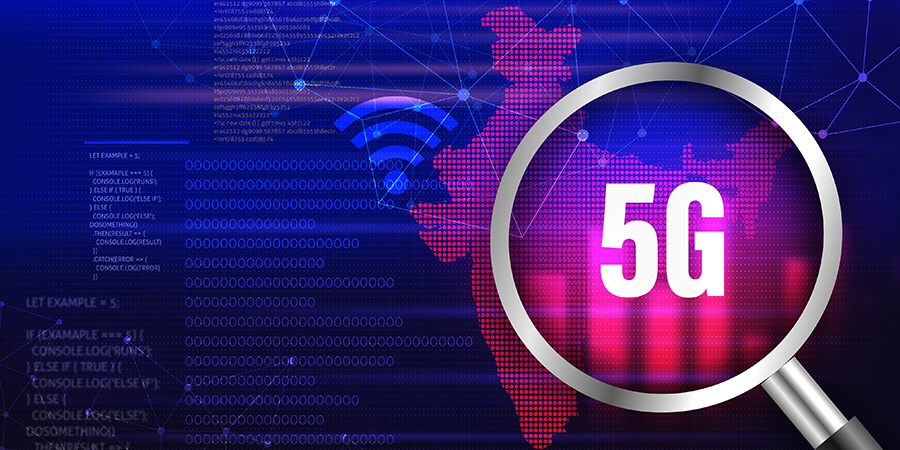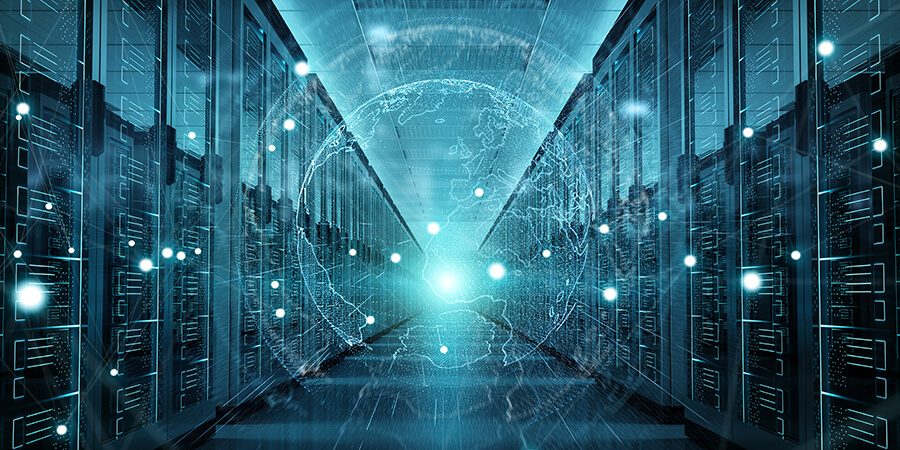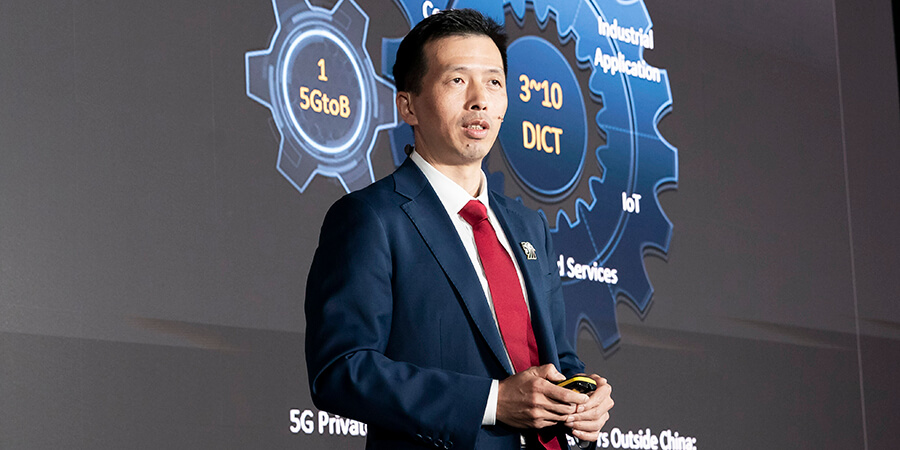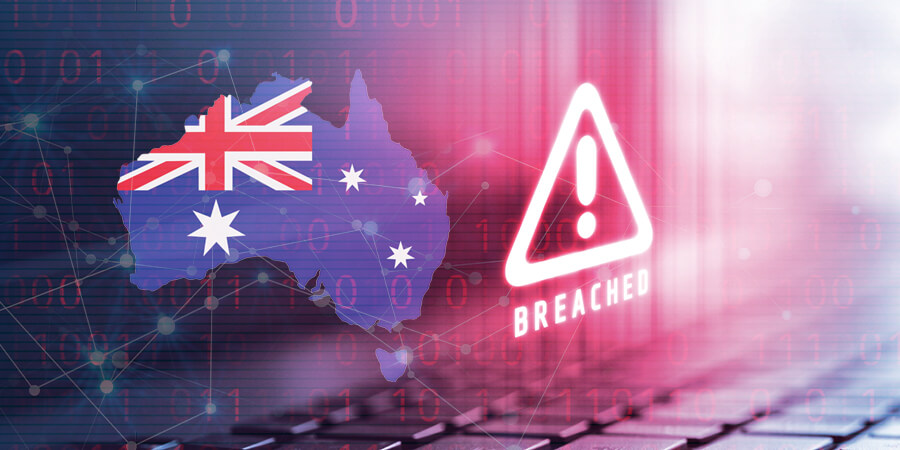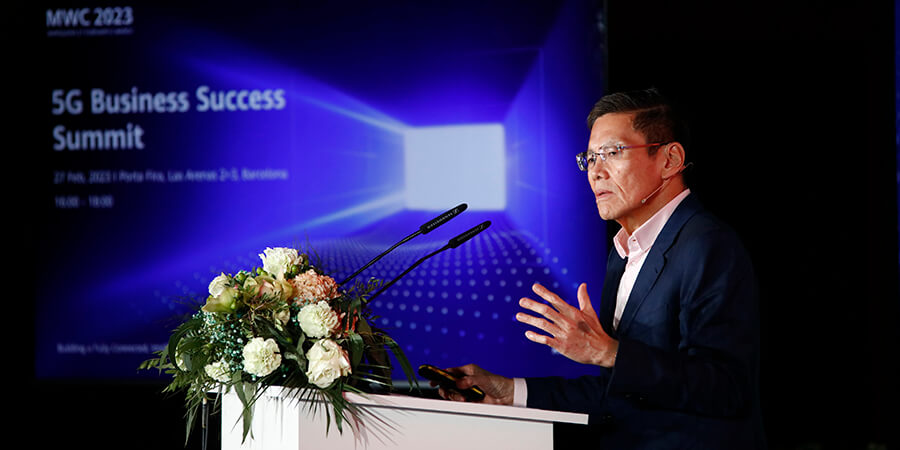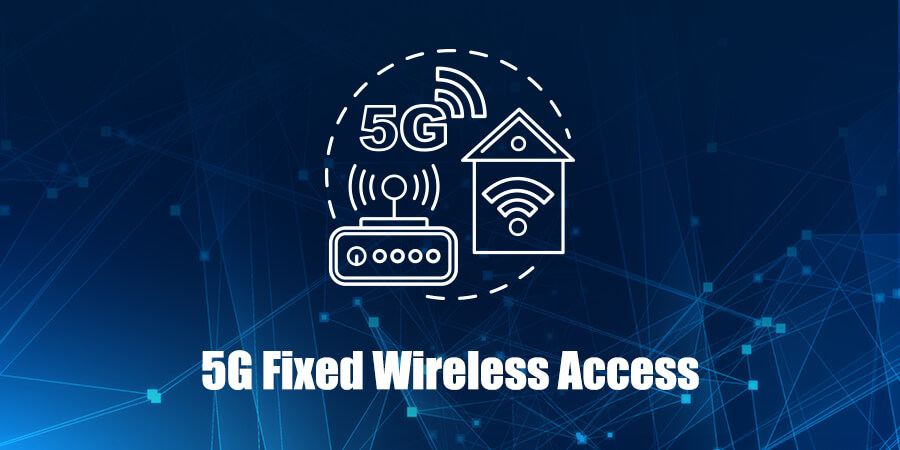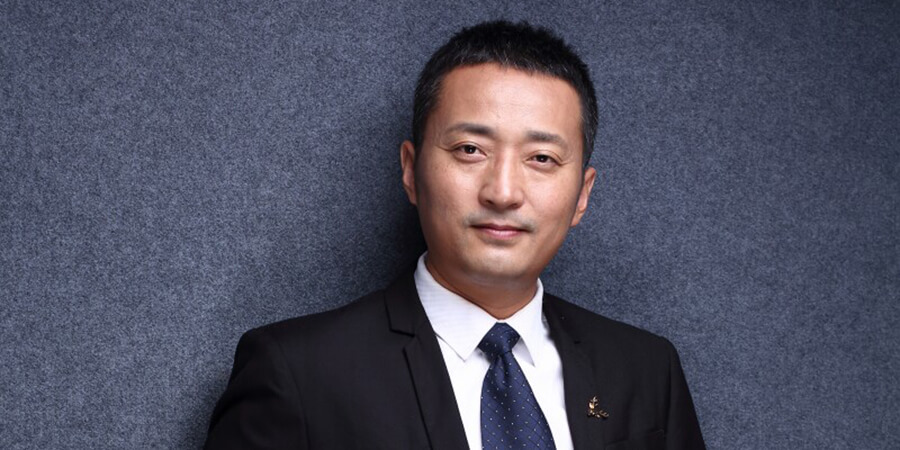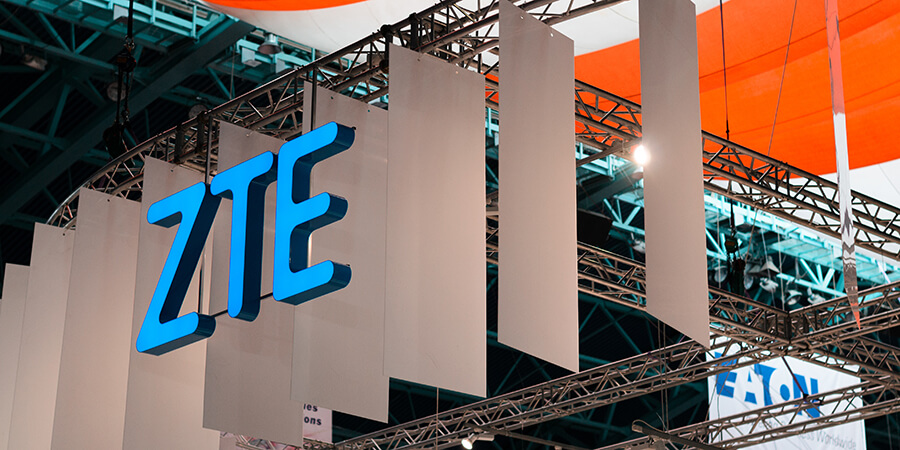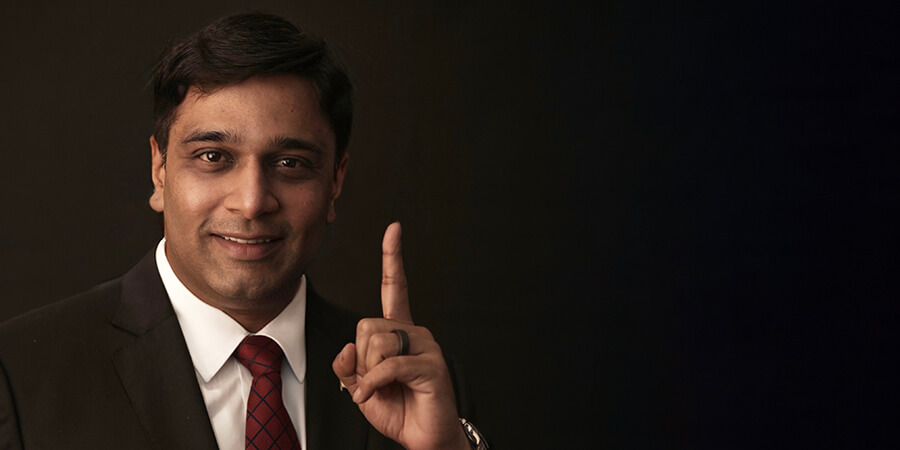M1 has launched Southeast Asia’s first 5G standalone-powered solution-in-a-box suite to enhance 5G adoption and deployment in Singapore’s maritime industry. This offering is aligned with M1’s role as a tech enabler to enhance digital transformation while at the same time building scalable solutions to generate new revenue streams as Singapore becomes the first country to reach full maritime 5G SA coverage in 2025.
Featured Articles
India and 5G: An Ambitious Dream Faces Many Challenges
As a core foundation for the Fourth Industrial Revolution, 5G has a huge potential to impact the socioeconomic growth of nations as well as people’s lives. An advanced digital society will play a key role in establishing a better environment for future generations.
Global Data Center Colocation Market to Triple by 2029
In recent years, there has been a growing trend toward the use of data center colocation services. This trend is driven by the need for companies to outsource their data center operations to third-party providers that can provide better scalability, flexibility and cost efficiency. According to a recent press release, the global data center colocation market is expected to more than triple at a Compound Annual Growth Rate (CAGR) of 15.6% to reach US$195.3 billion by 2029.
Diverse Paths to 5G Monetization, Accelerating 5G Business Success
“5G extraordinary and multi-dimensional experience attributes open multi-paths for monetization, adding both commercial and social values.” This was the message highlighted by Peng Song, president of Huawei's ICT strategy & marketing, during the 5G Business Success Summit at the 2023 Mobile World Congress.
Australia’s Cyber Threatscape and Its Efforts to Counter Growing Risks
Amid a growing multi-sector cyber-threat landscape, the Australian government aims to make industries more resilient. Recently, the government has announced counteractive drills with large organizations, especially in industries including telecommunications, banking and electricity, to help them better address the increased security threats.
How Thailand’s AIS Is Gearing Up for Industry 4.0 With Its 5G Capabilities
Recent advancements and the convergence of three important technologies: artificial intelligence, IoT and edge computing, will drive the fourth industrial revolution, reshaping industries and subsequently, consumer behavior. These three key drivers for what has been dubbed Industry 4.0 are very promising, given that they are mobile-based and intelligent, and will connect the physical, digital and virtual world for everyone. And this is why the race to 5G has continuously become more competitive, especially in Thailand, which has become among the most impressive 5G success stories in Southeast Asia.
A Closer Look at 5G Fixed Wireless Access (FWA)
In today's hyper-connected world, access to high-speed internet has become a necessity for individuals and businesses alike. With the advent of 5G technology, the promise of ultra-fast speeds, low latency and seamless connectivity is becoming a reality. Among the various use cases of 5G, Fixed Wireless Access (FWA) is gaining significant traction, offering an alternative to traditional wired broadband for providing high-speed internet access.
ZTE Launches New Server G5 Series for Harsh Environments
Telecommunications equipment and systems are critical infrastructure that support communication networks and services. Telecom devices must be designed and manufactured to the highest quality standards to ensure their reliability and availability.
Indosat Ooredoo Hutchison’s Successful Merger Empowers Indonesia
On the sideline of MWC 2023, Barcelona, Vikram Sinha, CEO of Indosat Ooredoo Hutchison (Indosat), delivered a presentation titled “The story of Indosat, the most successfully merger that empowers Indonesia”, delving into Indosat’s merger and its impact on connecting Indonesians and elevating the country’s economy.


